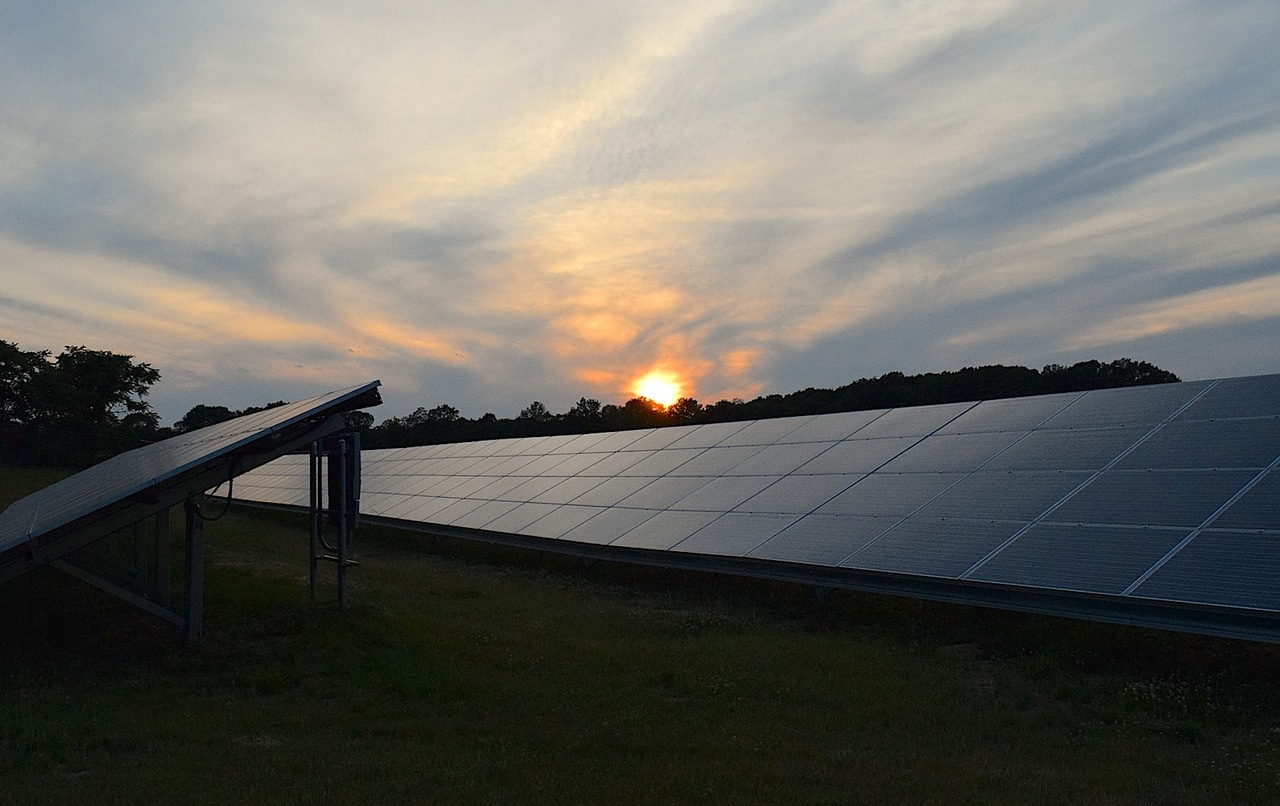
Community Choice Aggregation (CCA) has rapidly grown in popularity across the past decade or so. With eight states having enacted CCA legislation, and more likely to follow in the near future, communities have looked to Community Choice Aggregation as a possible avenue for greener living and lower electricity costs. California, in particular, has seen a surge in CCA and a a number of organisations have successfully implemented CCA on the west coast in recent years. So, as more CCA projects look likely to develop in 2019 and beyond, let’s take a look at what it is and how it works.
What is CCA?
Community Choice Aggregation (CCA), allows communities/local governments/jurisdictions to purchase/procure energy from an alternative supplier, on behalf of eligible/willing customers, while retaining transmission and distribution services from their existing utility provider. Basically, the energy is collectively purchased, delivered via existing means, and the end users receive lower cost energy from a greener source. By banding together as a community, potential CCA users can leverage their collective negotiating power to seek better rates and greener energy sources. Indeed, the price of energy under CCA may be as much as 15 - 20% lower than prior residential prices, thanks to the aforementioned collective bargaining power.
CCA can be particularly beneficial for those who wish to take advantage of the possibilities of renewable energy, but may lack the infrastructure to go down the renewable route on their own. I might want to utilise solar or wind energy, but I probably don’t have space to install a wind turbine, or maybe I don’t own my residence so I can’t put solar panels on my roof. In these instances, communities can band together to seek affordable, renewable energy. When a situation like this arises, it presents a great opportunity for customers and energy companies alike. Not just in a financial sense, but on a global level, where it means more opportunities for the development of renewables.
So, this all sounds great, right? Lower cost energy from renewable sources while retaining your current utilities provider? Well, yes, it is great! However, it must be noted that a successful CCA project requires a number of legislative and bureaucratic steps before it becomes a reality for end users of the energy. Let’s take a little look at some of the steps required to take CCA from an idea to a reality for energy consumers.
How does it work?
So, currently there are eight states which have enacted legislation allowing local governments to pursue CCA on behalf of residents, businesses or municipal facilities - California, Illinois, Massachusetts, New Jersey, New York, Ohio, Rhode Island and Virginia. In addition, many more have begun inquiries into CCA legislation.
In these states where CCA is most viable, there are a number of steps to be taken in pursuit of Community Choice Aggregation. Public hearings will take place to secure authorization of the CCA from local government. Eligibility of individual residences, businesses and municipal buildings must also be determined with regards to the CCA. Nobody is obliged to participate in a CCA, even if they reside within the participating community - the projects are entirely voluntary.
This is perhaps where CCA can become somewhat confusing. Participation is usually determined by an opt-out system, where customers are informed in advance of the project and then automatically enrolled if they do not opt-out. This is a more common approach, though some CCAs choose to include opt-in provisions where customers actively choose to participate. In addition, there may be further opt-in options for a more green package, or a focus on locally-sourced renewable energy. The lack of consistency with opt-in/opt-out and the different opt-in offerings are often viewed as a potentially confusing aspect of CCAs for participants.
Once participants are on board, and authorization from local government has been secured, a CCA is well on its way to becoming a reality for all concerned. A CCA purchases electricity from a source of power generation on behalf of users, the existing delivery and billing mechanism from the utilities company remains in place, and in the end, the user receives greener energy, likely at a lower cost, with minimal effort to make the project a reality. Ultimately, for the electricity consumer on the ground, the only changes will be the sources (greener) and the costs (lower) of their energy.
Next, let’s quickly glance at the good and the bad of CCA.
Pros
The positive aspects are built upon the two core benefits of a CCA - lower costs and greener energy sources. Local control of the project ensures that a community can come together to allow themselves greater control and a broader range of energy options. For those that may have previously been excluded from sourcing renewable energy, this community approach is a huge draw. As mentioned earlier, the collective bargaining power of the CCA approach cannot be discounted when attaining lower cost energy. A big CCA could also create jobs in the locality, while allowing opportunities for the development of renewables. In fact, CCA has been acknowledged as a boost to solar development in areas where it has been implemented.
Cons
The drawbacks of CCA are more associated with the process of pursuing a project than the actual outcome. Currently, it’s all dependent on state legislation, which could immediately halt things in some locations. The navigation of CCA regulations can sometimes prove tricky, given the relative youth of the concept, and the administrative costs associated can negatively impact things as well. As mentioned back in the ‘How does it work?’ section, the inconsistency of opt-in/opt-out systems can be a bit confusing for participants as well. In terms of utilities, traditionally regulated states can often see some pushback against CCAs.
For more in-depth information about CCAs, consult the documentation available from NYSERDA.
Contact YSG Solar today, or call us at 212.389.9215 to learn more about solar energy for your community.
Follow YSG Solar on Twitter, Instagram + Facebook.
By Shane Croghan
Sources:
https://www.epa.gov/greenpower/community-choice-aggregation
http://leanenergyus.org/cca-by-state/
https://climateone.org/video/what-community-choice-aggregation
